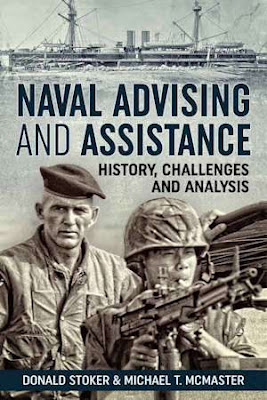This original edited volume is the only book on naval advising. Drawing upon the work of scholars and practitioners from all over the world, it takes a comparative and global approach to examining the history, theory and evolution of naval advising and assistance.
Starting with a brief history of the evolution of naval advising, the book then moves to late-19th century naval advising efforts. These generally involved individuals such as the American adventurer in China, Philo McGiffin, but also included State-sponsored formal missions such as the first such US effort: Colonel John Lay's 1870s mission to Egypt.
A comparative multi-national examination of the ability of non-European States such as China, Turkey and Japan to adopt Western naval methods and doctrine - and an examination of the French naval advising mission to Peru round out the book's pre-First World War offerings. The trends in naval advising between the World Wars particularly their use as tools of economic and political penetration are revealed through chapters on the British naval aviation mission to Japan; the British and French naval missions to Poland; the US mission to Peru; and a comparative study of Italian naval missions in Persia, China and Spain.
The latter also reveals early ideological motivations for dispatching advising missions. The Cold War saw an intensification of military advising including naval advising as both the Communist and the Western Powers used advising as ideological tools. The US naval missions to Nationalist China and South Vietnam are assessed, as are the Soviet naval advising efforts in East Germany and China. Together, through a wealth of original research, the studies in this book provide numerous lessons for future naval advising efforts and constitute a unique contribution to the field.

No comments:
Post a Comment